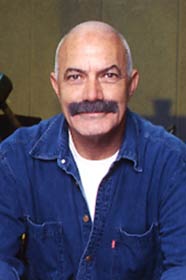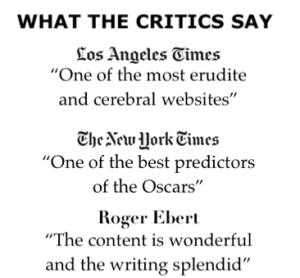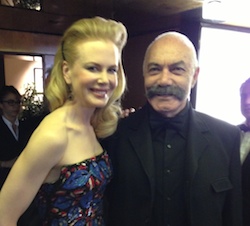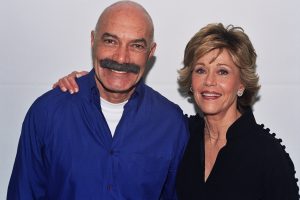Producer Hal Roach, associated with the Laurel & Hardy-Our Gang slapstick, wished a change of pace and genre. Thus, in 1937, Roach selected the racy Thorne Smith fantasy novel “Topper” for a big-screen adaptation, and the end result was one of the decade’s most charming films.
Topper, Theatrical poster
Benefiting from strong chemistry between the stars, the film casts Constance Bennett and Cary Grant as Marion and George Kerby, a wealthy freewheeling married couple living an uninhibited lifestyle.
Grade: B+ (**** out of *****)
After a bibulous evening on the town, the Kerbys race homeward in their gleaming new roadster. The car plows into a tree, killing both its occupants. Seconds later, the ghosts of George and Marion emerge from the wreckage, behaving as frivolously as if nothing had happened.
The Kerbys realize that they haven’t been immediately snatched up into Heaven. Feeling that they have to perform one good deed, George and Marion set about to “liberate” stuffy, sedate, henpecked banker Cosmo Topper (Roland Young).
At first resistant to the charms of his invisible benefactors, Topper begins to loosen up and enjoy life for the first time. This kind of change doesn’t suit Topper’s supercilious wife (Billie Burke) or his long-suffering butler (Alan Mobray), especially during a climactic free-for-all at a vacation resort.
Though special effects abound in Topper, most of the humor derives from the embarrassed reactions of Roland Young as he tries to fend off the flirtatious advances of the ghostly Marion and the benignly strongman tactics of the spectral George. Adding to the fun are Eugene Pallette as a flustered house detective and Arthur Lake as a pratfalling bellboy.
The musical score by longtime Hal Roach composer Marvin Hatley is attuned to the zany goings-on (including snatches of background music from Roach’s earlier Laurel and Hardy comedies)
Hoagy Carmichael appears briefly on screen to introduce the film’s signature tune, “Old Man Moon.”
Sequels and Recycling
Topper proved to be such a commercially successful picture that it led to two sequels, as well as a popular TV series of the early 1950s.
Roland Young, the British born thespian, was known for his diversity and physical comedy. He excelled in two Cukor movies, as Uriah Heep in David Copperfield, and as the lecherous Uncle Willy in The Philadelphia Story.
Written By: Thorne Smith, Jack Jevne, Eric Hatch, E. Edwin Moran
Released: July 16, 1937.
Oscar Nominations: 2
Supporting Actor: Roland Young
Sound Recording: Elmer Rogue
Oscar Awards: None
Oscar Context:
The Best Supporting Actor Oscar winner was Joseph Schildkraut for “The Life of Emile Zola.”
The Sound Oscar went to “The Hurricane.”
Credits
Directed by Norman Z. McLeod
Produced byHal Roach
Screenplay byJack Jevne, Eric Hatch, Eddie Moran, based onTopper
(1926 novel) by Thorne Smith
Music by Marvin Hatley
Cinematography Norbert Brodine
Edited byWilliam H. Terhune
Production company: Hal Roach Studios
Distributed byMetro-Goldwyn-Mayer
Release date: July 16, 1937
Running time: 97 minutes












